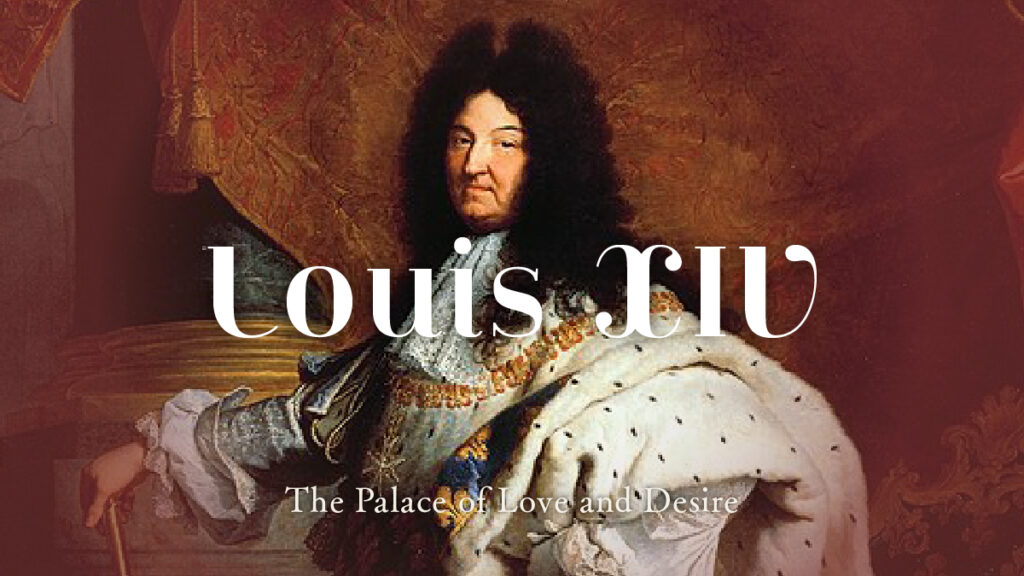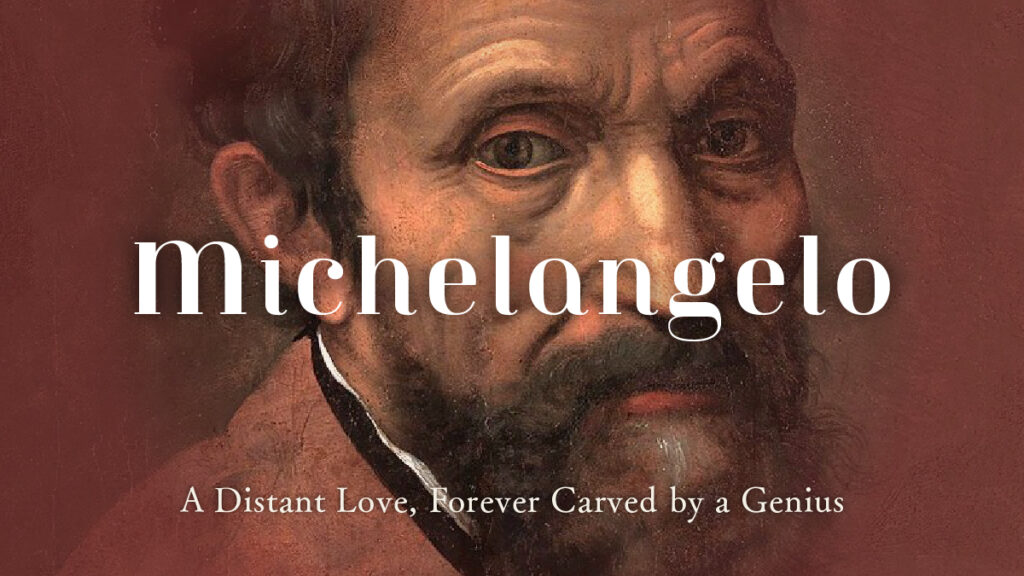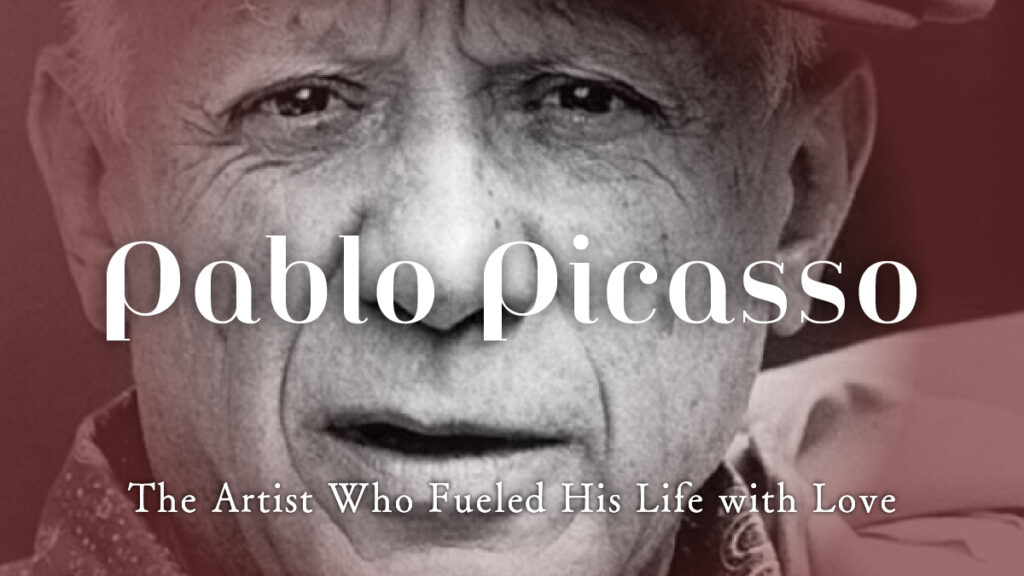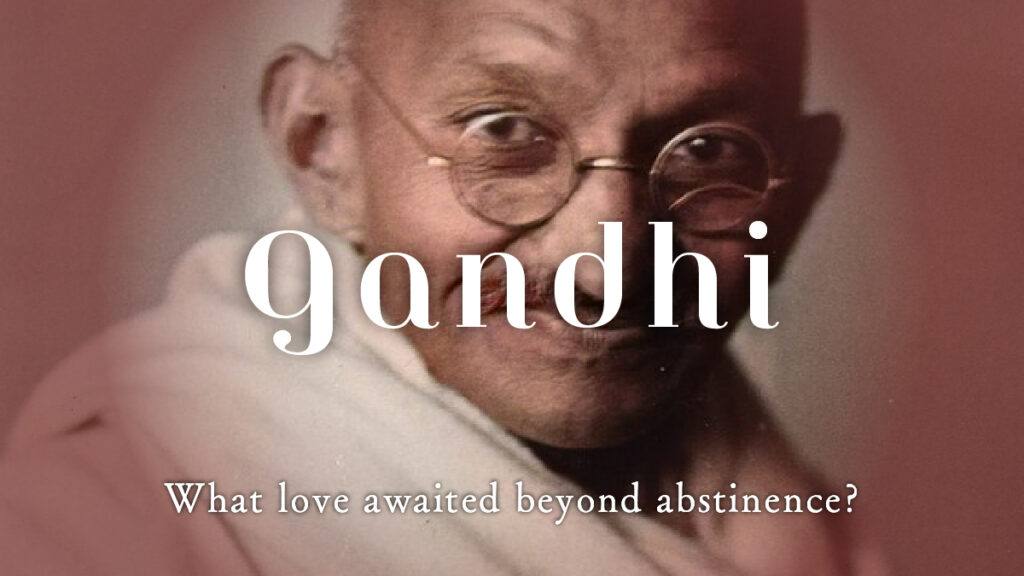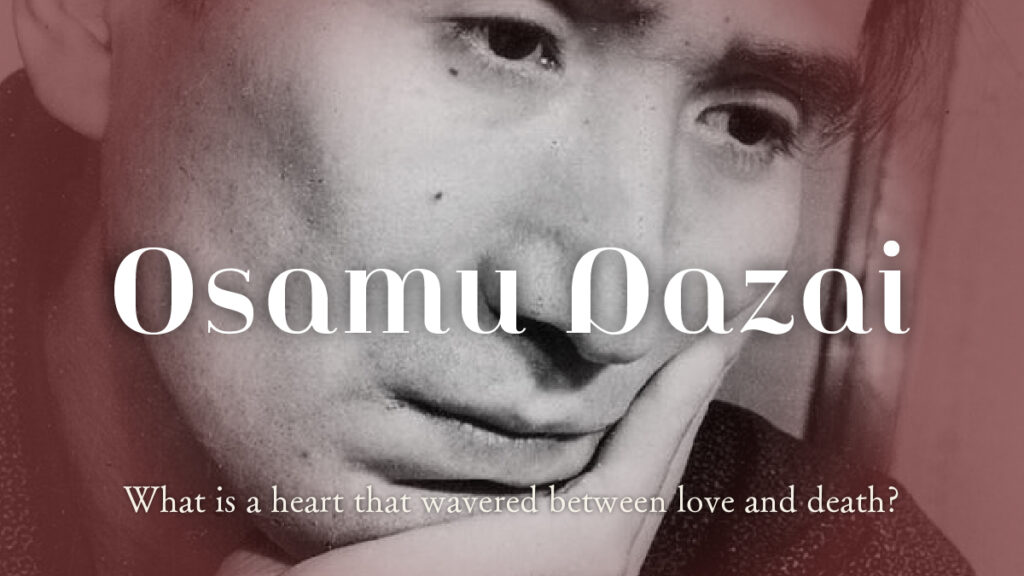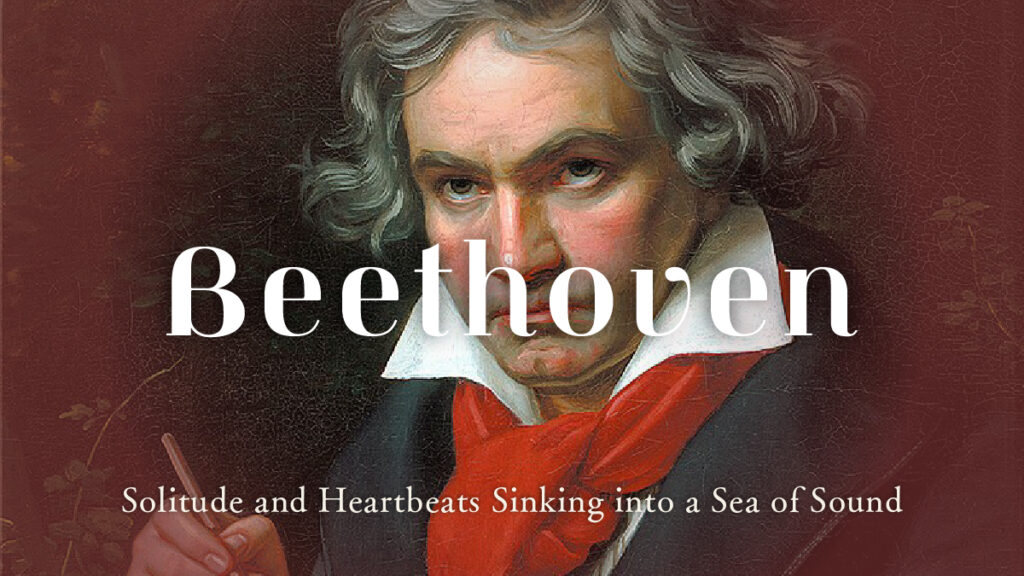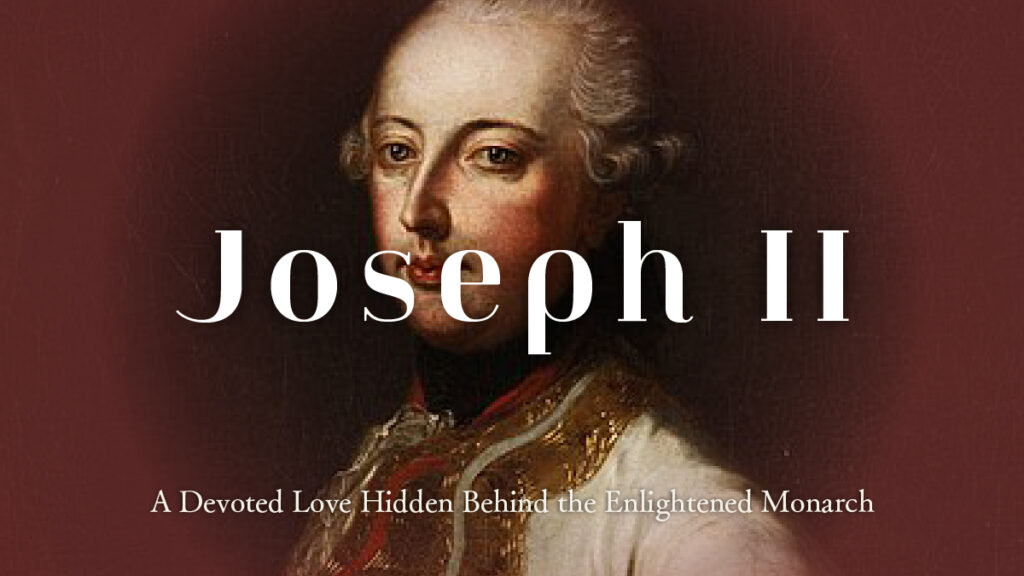Raffaello’s View of Love|What Fleeting Love Did the Painter of Beauty Capture?
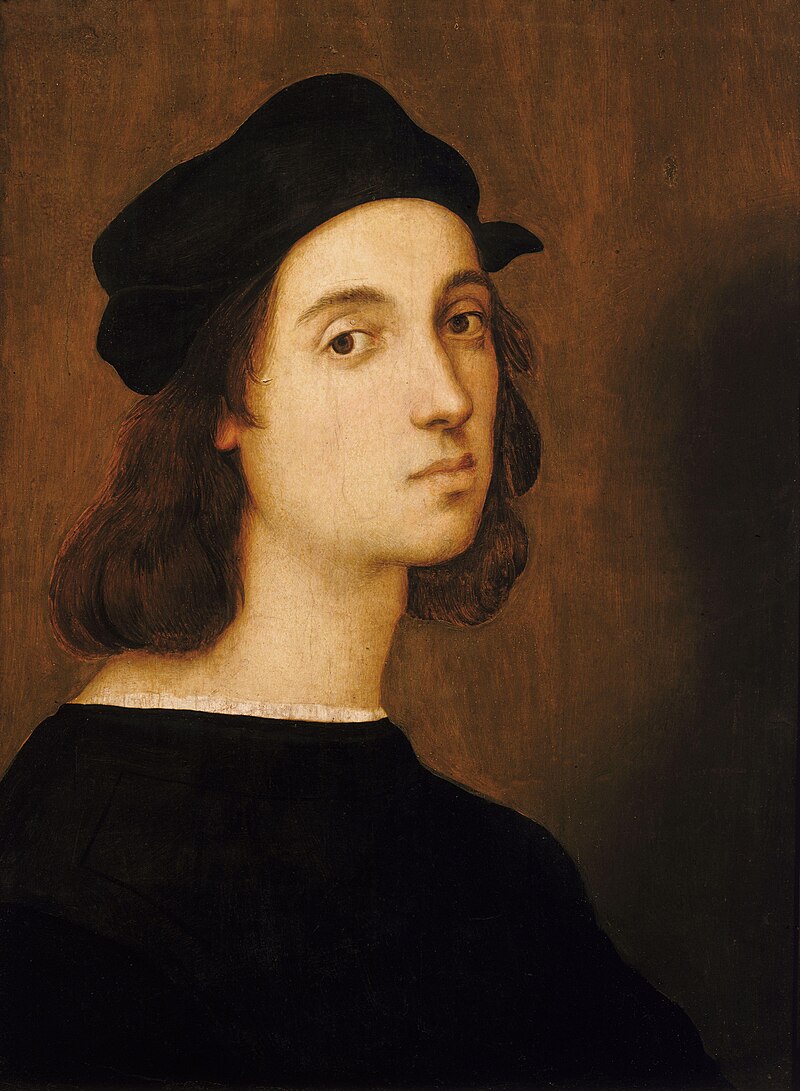
The Renaissance city of Florence. Spring rain falls on cobbled streets, and a faint scent of roses drifts through the alleys.
There, a boy held a paintbrush—Raphael Sanzio. Praised as a “genius of beauty,” he would later be counted among the three great masters of the Renaissance.
In his Madonnas and portraits lingers a quiet gentleness, tinged with wistful melancholy. The School of Athens, Madonna della Seggiola… His masterpieces continue to touch hearts across the centuries.
But Raphael’s life was painted not only in color and light. Love, romance, whispered nights— What kind of fire burned within the heart of a man who sought beauty above all?
Let us gently unravel the bittersweet tale of Raphael Sanzio’s love.
Raphael’s Boyhood and the Dawn of a Dream
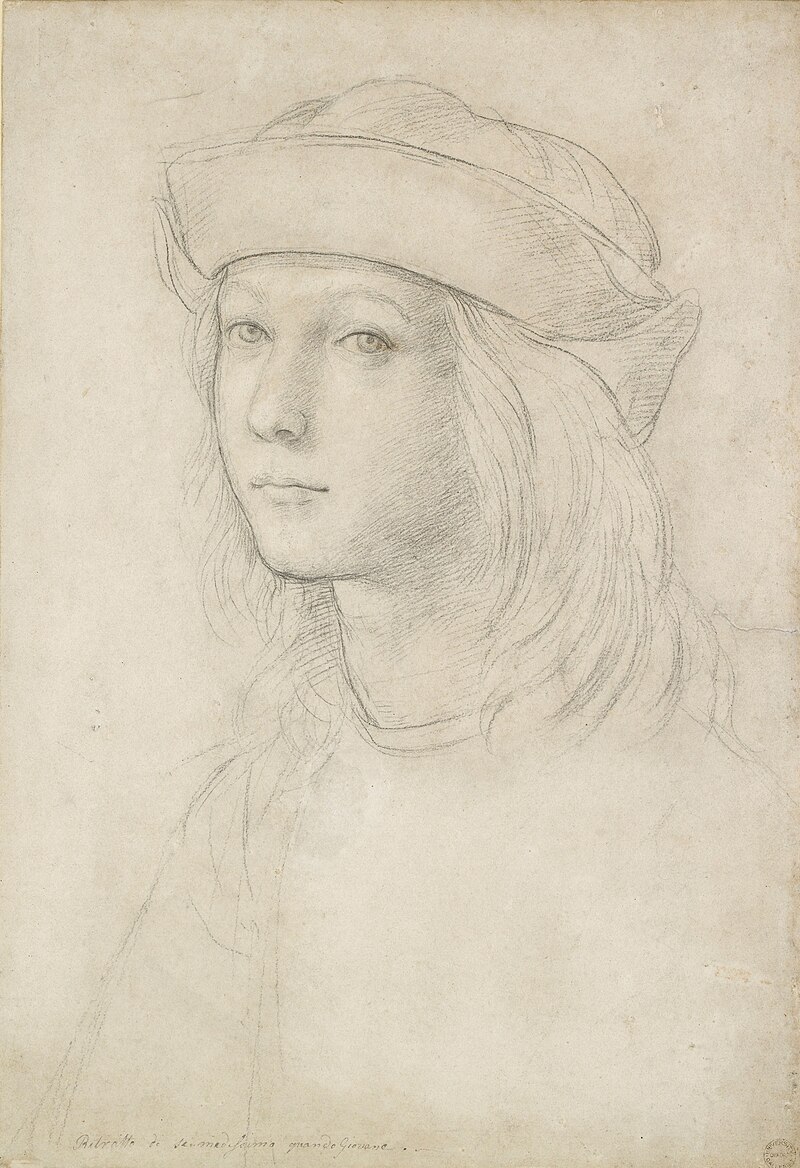
Solitude and the First Brushstrokes
Born in the hill town of Urbino in 1483, Raphael was the son of a court painter.
Surrounded by Italy’s green landscapes and refined court culture, he was raised in an atmosphere steeped in art.
Though cherished in early childhood, he lost his mother at eight and his father at ten.
Gifted from an early age, Raphael quietly confronted his solitude, never letting go of his brush.
“He had a composure beyond his years,” said those who knew him then.
Encounters with Mentors and the Wider World
By age 15, Raphael had made his way to Florence, drawn by opportunity and recognized talent.
His striking looks and intellect quickly drew attention—particularly from women.
In the workshop of Perugino, he honed his craft, and the young women there—noble daughters and workshop assistants alike—were said to be captivated by his delicate charm and modest demeanor.
Yet there is no clear record of romantic entanglements in his youth.
Instead, Raphael projected his ideal woman—the Madonna—onto his canvas.
Love existed for him not in the flesh, but in painted vision.
One biographer wrote:
“The Madonnas Raphael painted may have reflected the memory of his mother or the gentle nobility of distant ladies he once glimpsed as a child.”
A Blooming Heart in Rome
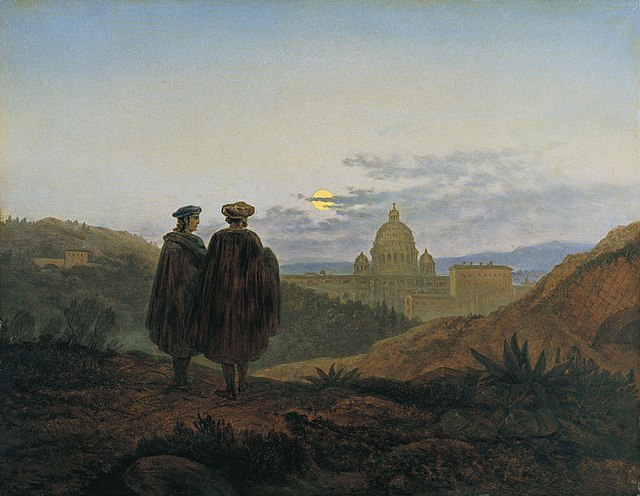
The Lover of Many Whispers
After age 25, Raphael moved to Rome, summoned by Pope Julius II to paint the Vatican walls.
By then, rumors of his many romantic affairs began to follow him like shadows.
Even historians find his Roman love life difficult to untangle—laced with passion and fleeting sorrow.
According to some accounts, he grew close with women of all classes, from high-born beauties to laundresses of the lower town.
Both Pope Leo X and Julius II supposedly lamented:
“If only he spent less time with women, he’d finish more work.”
He had countless models and lovers. Friends teased that his passion for love was as prolific as his painting.
Raphael himself once told a friend:
“To be loved is a talent no less than art.”
And with a gentle laugh, added:
“I cannot resist beauty.”
Fame, fortune, and a gallery of Madonnas—Raphael seemed to have it all in those golden years.
Bread at Dawn and a Secret Muse
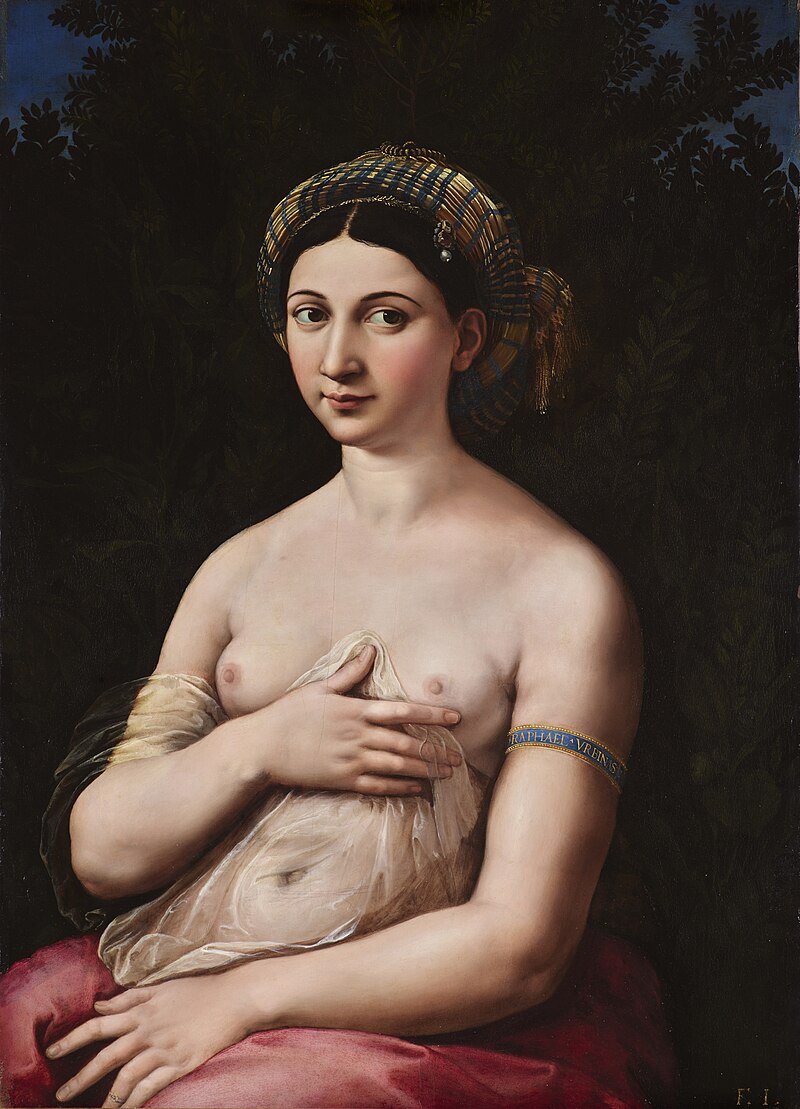
La Fornarina — The Portrait of Forbidden Love
In his late twenties, Raphael encountered a young woman named Margherita Luti, daughter of a baker in the outskirts of Rome.
With glossy black hair and an innocent smile, she handed out bread with grace. To Raphael, she was a living Madonna.
He soon invited her to model for his paintings.
She inspired several works, including La Fornarina and numerous Madonnas.
Night after night, Margherita visited his quiet studio. By lamplight, he watched her through the canvas, his gaze burning, his brush trembling.
She received his passion in quiet acceptance.
But theirs was a love forbidden by society. A painter and a baker’s daughter? Their romance would have been whispered as scandal.
So it remained a secret flame—quiet, but unwavering.
“Perhaps the soul’s thirst is quenched only by loving beauty.”
With sultry nights and tender mornings, their studio held more than art. It cradled a sacred secret.
Love, Death, and the Making of a Legend

Two Women, and the Question of Marriage
As Raphael neared age 36, two women stood as silhouettes in his life.
One: Margherita Luti, his long-loved Fornarina, remained ever present, though never officially wed.
A legend speaks of a promised marriage, but no proof remains. Still, he continued to paint her as the Madonna until his final days.
The other: Maria Bibbiena, niece of Pope Leo X. Under pressure from the Pope, Raphael agreed to a political engagement, but his heart never followed.
Maria died young, and the marriage never took place.
Between the woman he loved and the woman he was expected to marry, Raphael lingered in quiet tension.
Even as he matured, his view on love remained that of a dreamer:
“Caught between dreams and reality, I was always a little lost.”
Perhaps he whispered such thoughts to himself on sleepless nights.
The Final Day — Surrounded by Love
In 1520, Raphael fell gravely ill and passed away at the young age of 36.
By his deathbed, it is said, a portrait of his beloved Fornarina was quietly displayed.
Officially, the cause was “fever,”
but whispers hinted that his passion-fueled nights may have hastened his end.
Whether Margherita was there in his final hours is unknown.
But the tale of a man who departed this world thinking only of his dearest love lives on in Roman corners as quiet legend.
On the day of his funeral, people gathered from all over Rome to mourn the loss of a genius taken too soon.
The Heart That Loved All Beautiful Things
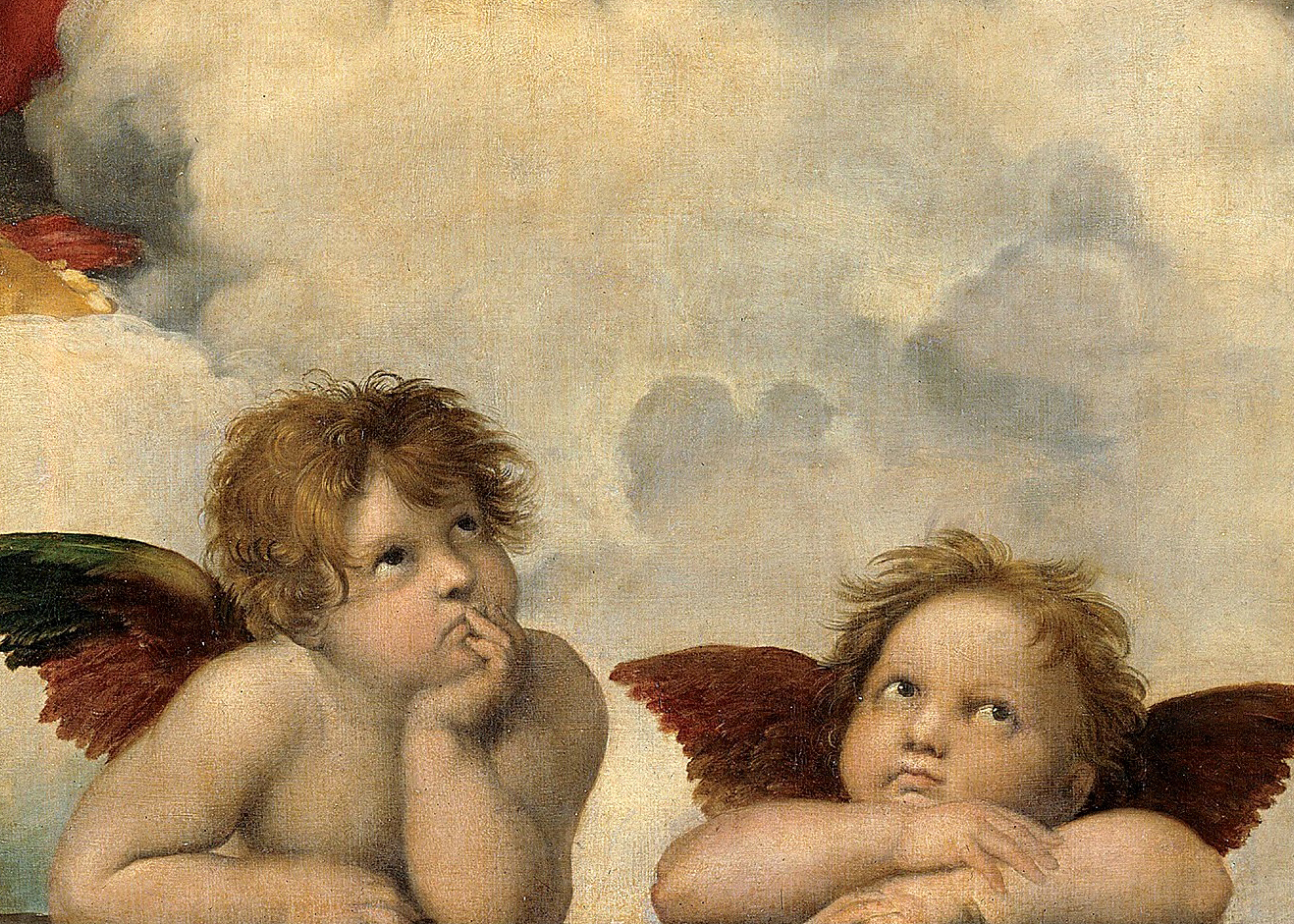
Raphael was a man of many loves—yet at heart, he held fast to one.
Though fame and glory were his, he sought his Madonna not just on canvas but in life.
Surrounded by whispers of countless affairs, in the end, only one memory stayed beside him.
Captivated by beauty, faithful in love—
That was the man he truly was.
And within the quiet smiles of his portraits,
Raphael’s love still slumbers.
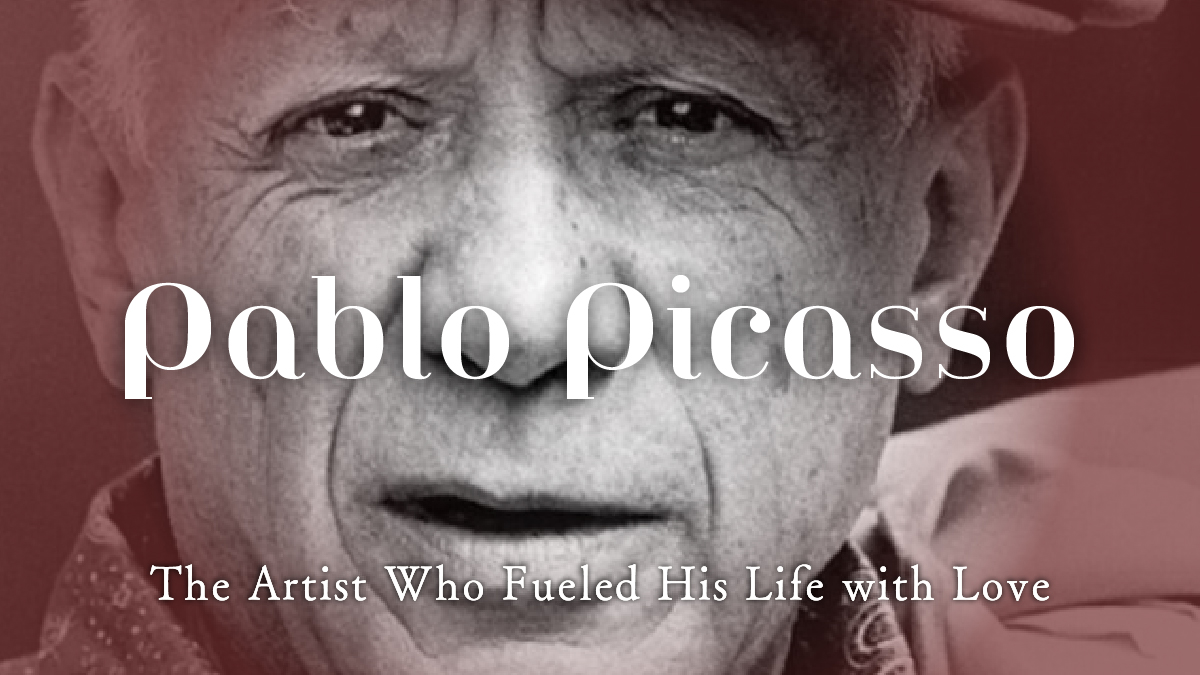
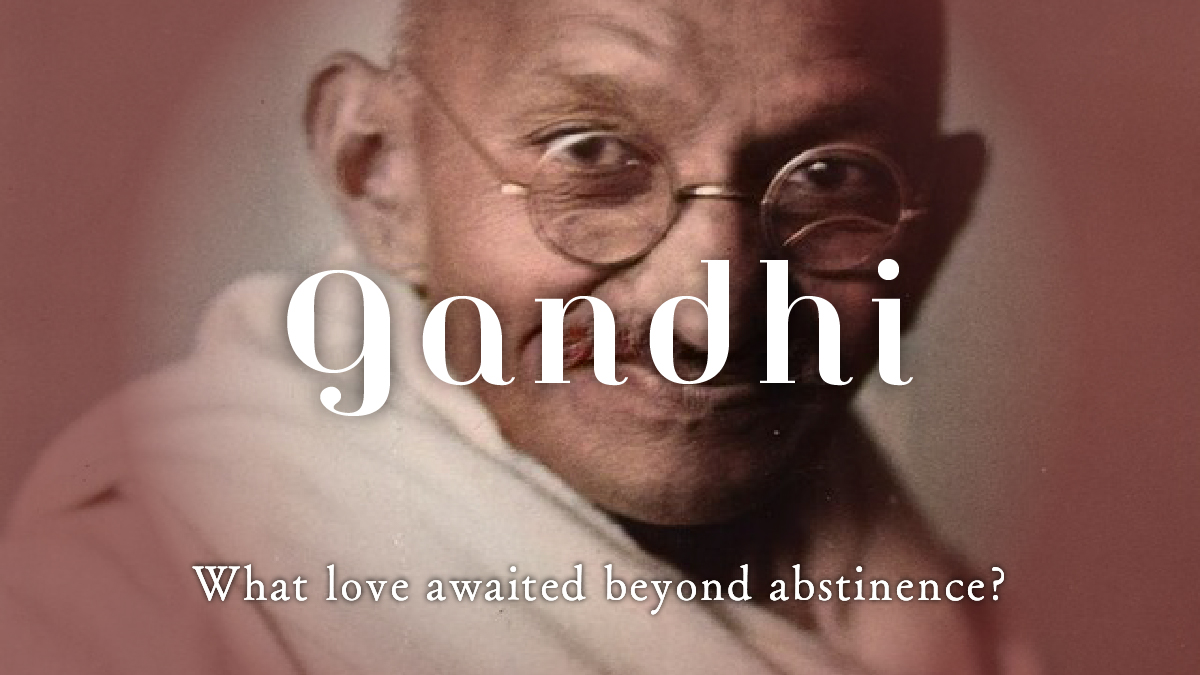
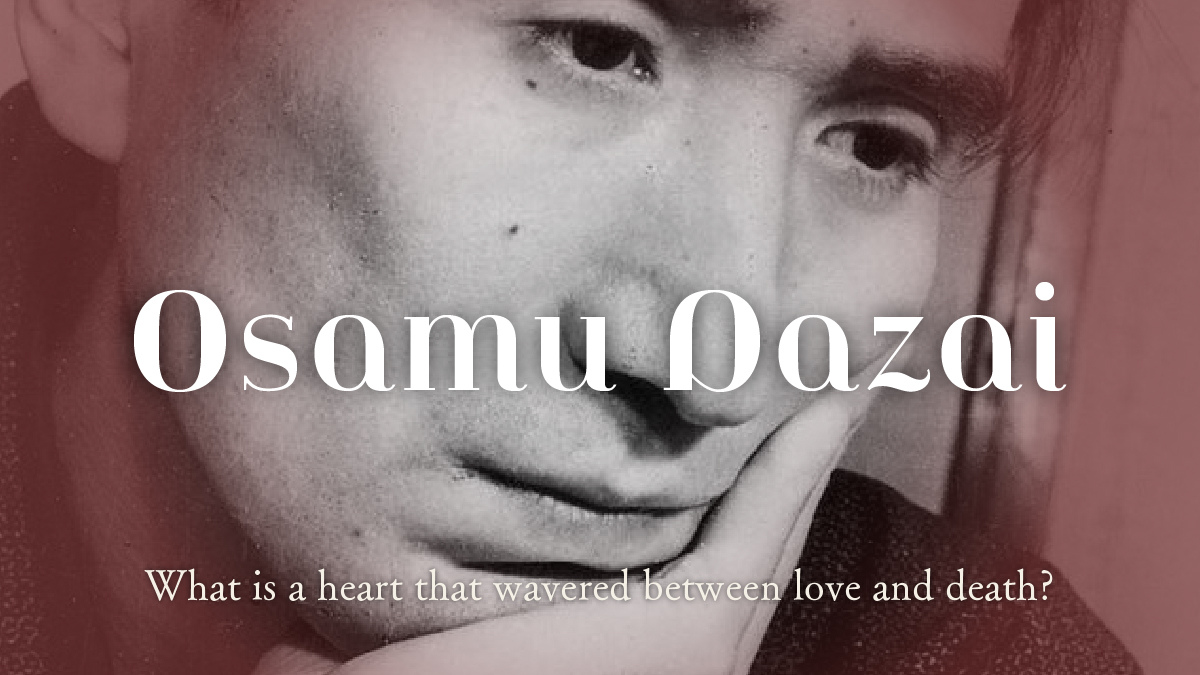


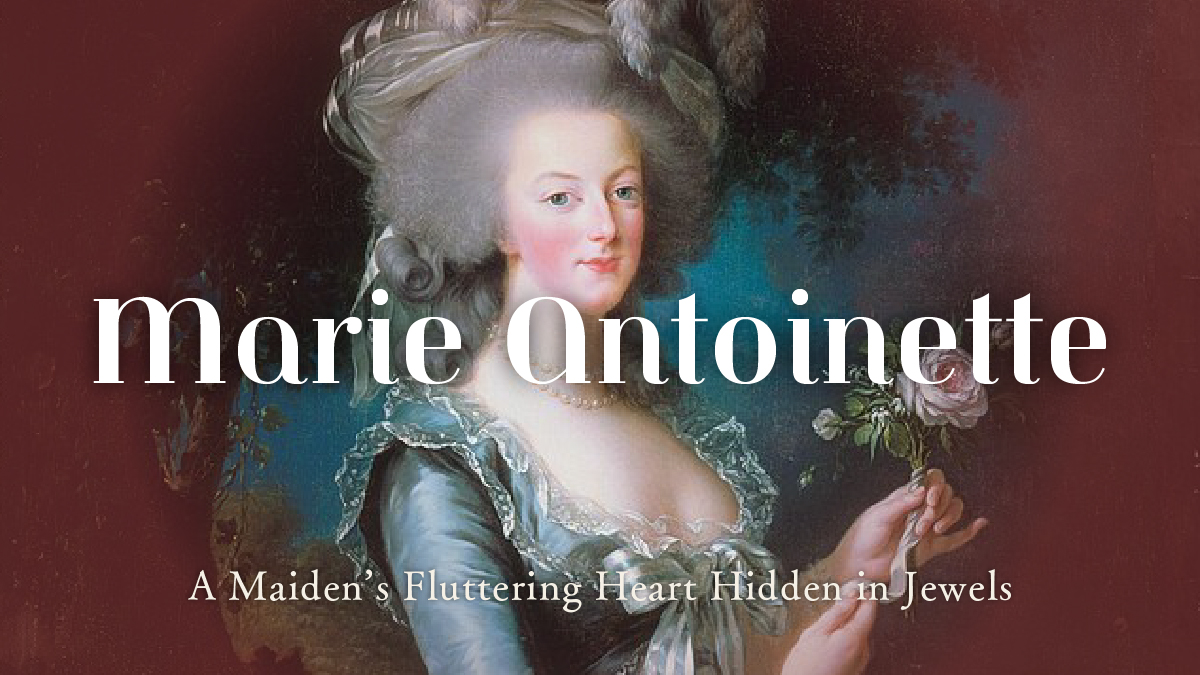
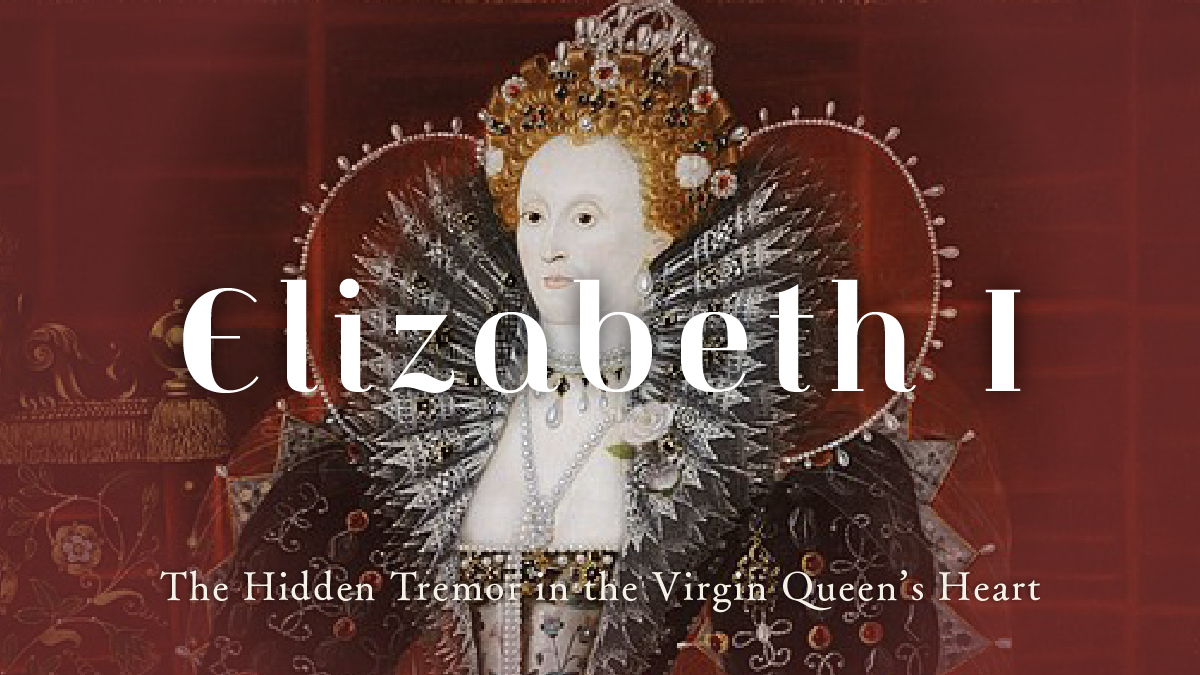
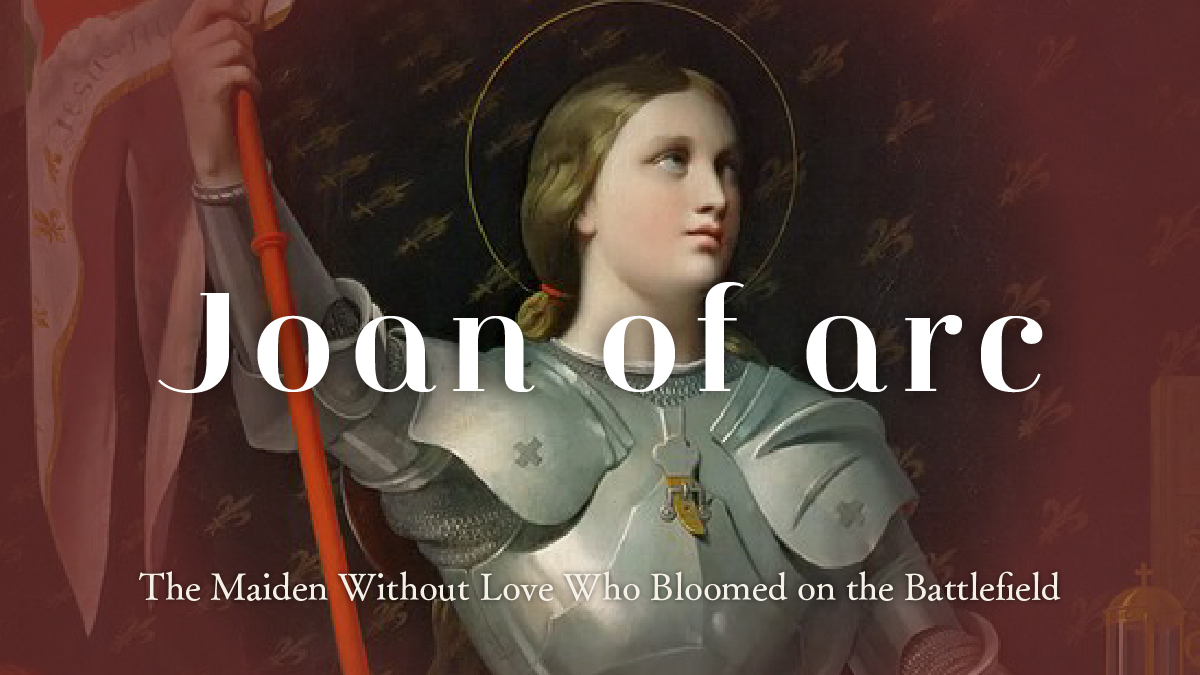
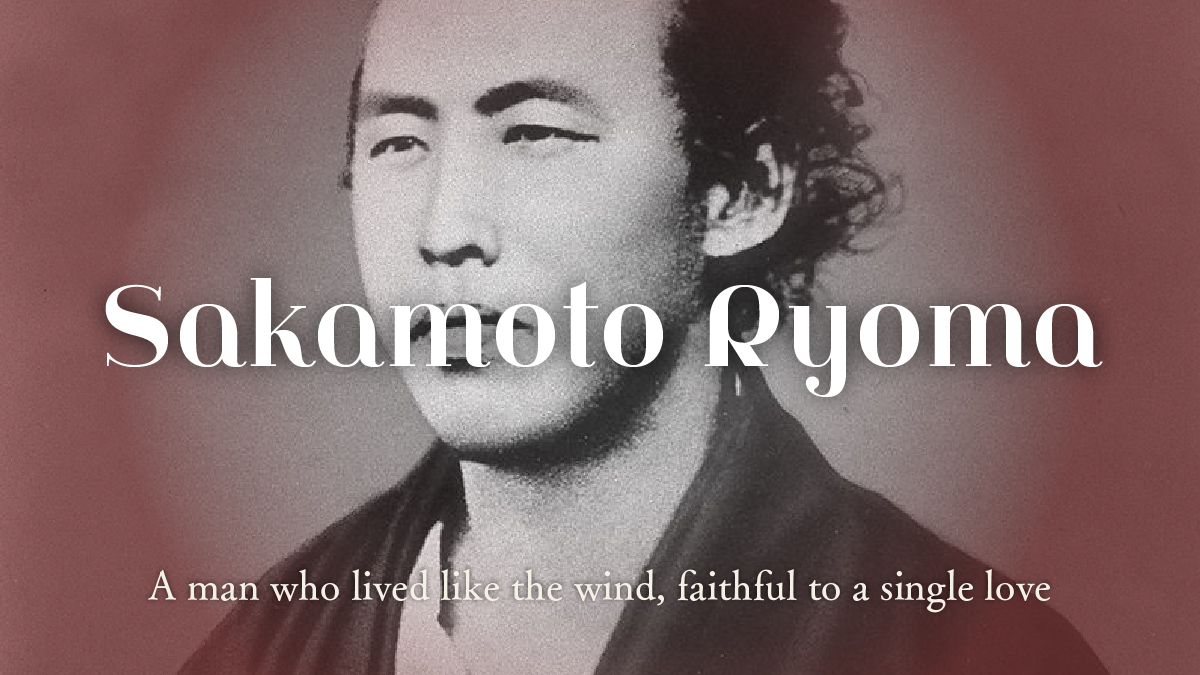
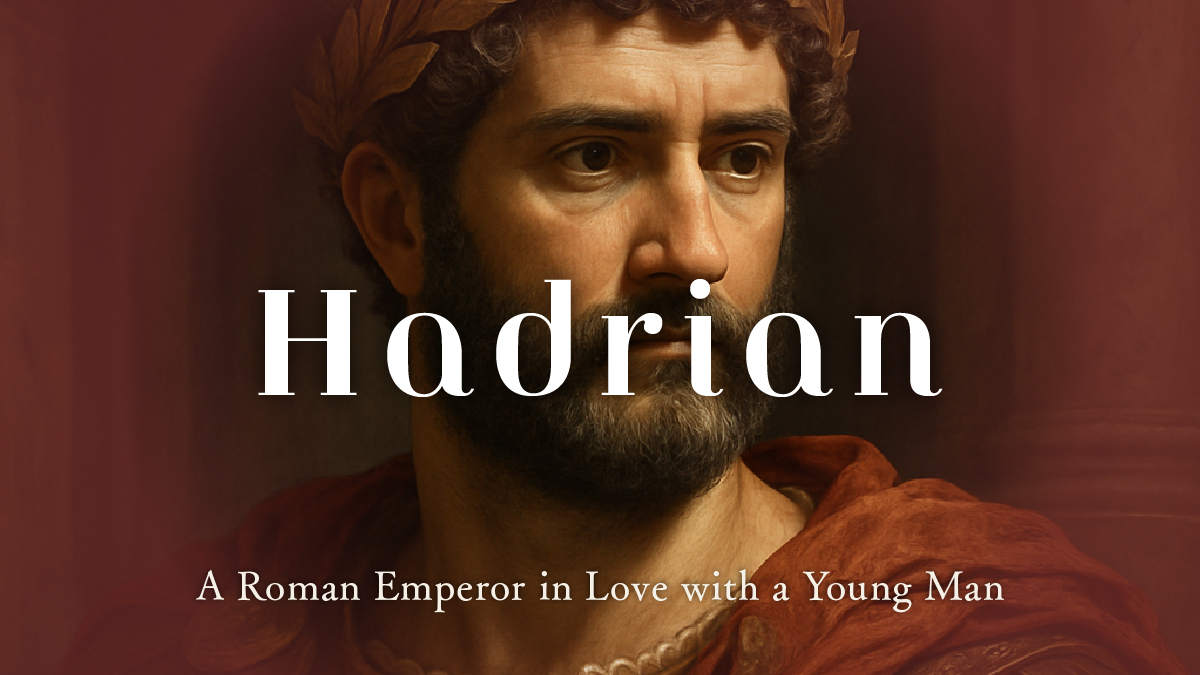


 日本語
日本語


